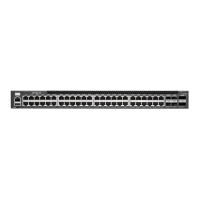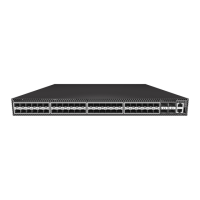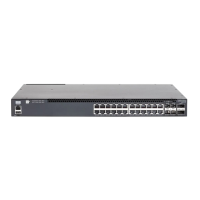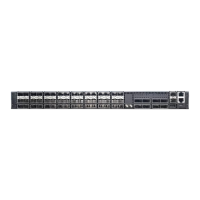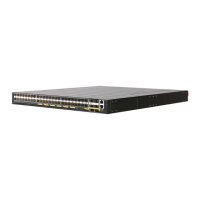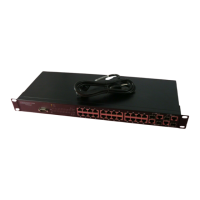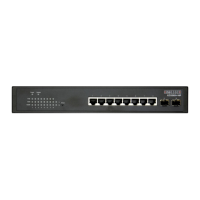Chapter 29
| IP Routing Commands
Border Gateway Protocol (BGPv4)
– 914 –
Figure 7: Connections for Single Route Reflector
Route reflector clients are not aware that they are connected to a route reflector,
and function as though fully meshed within the autonomous system. For
redundancy, a cluster many contain more than one route reflector. Each cluster is
identified a Cluster-ID. When there is only one route reflector in a cluster, the
Cluster-ID is the BGP identifier of the route reflector. If there is more than one route
reflector in a cluster, a common identifier can be defined for use by all route
reflectors in the cluster.
Figure 8: Connections for Multiple Route Reflectors
If there is only one route reflector in a cluster, that router would still have to process
the same number of routing messages that would be required if it were in a fully
meshed network. It is therefore preferable to use more than one route reflector in a
cluster to reduce the overall number of iBGP sessions a single reflector has to
handle.
If multiple route reflectors are configured in the same cluster, they must be fully
meshed with each other. However, the route reflector clients only need to be
Router
Router
Router
Router
Route
Reflector
Router
eBGP
Speaker
Router
Advertised
Routes
Reflected
Routes
Router
Router
Router
Router
Route
Reflector
Router
eBGP
Speaker
Router
Cluster
Router
Advertised
Routes
Router
Non-clients
Router
Router
eBGP
Speaker
Advertised
Routes
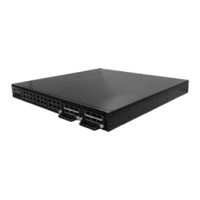
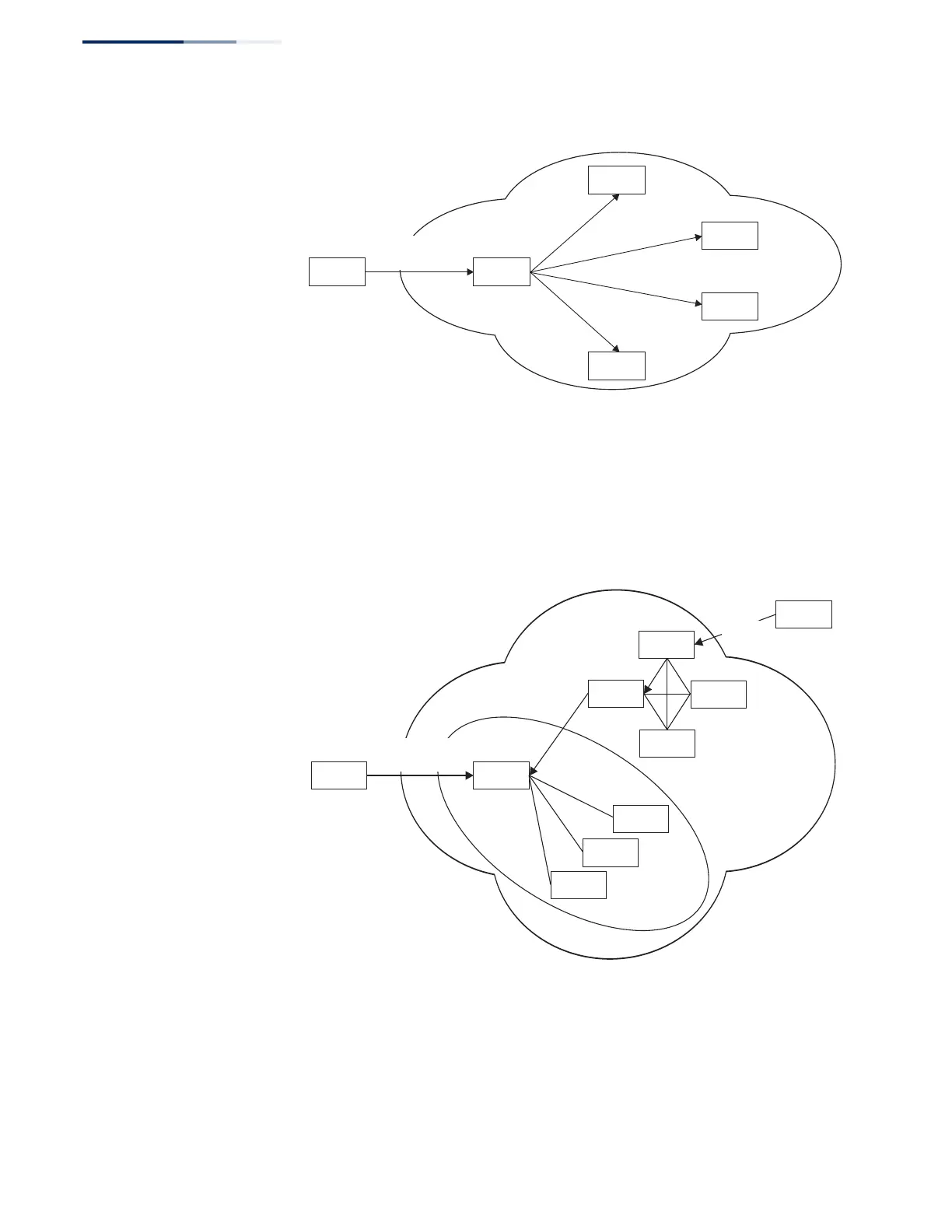